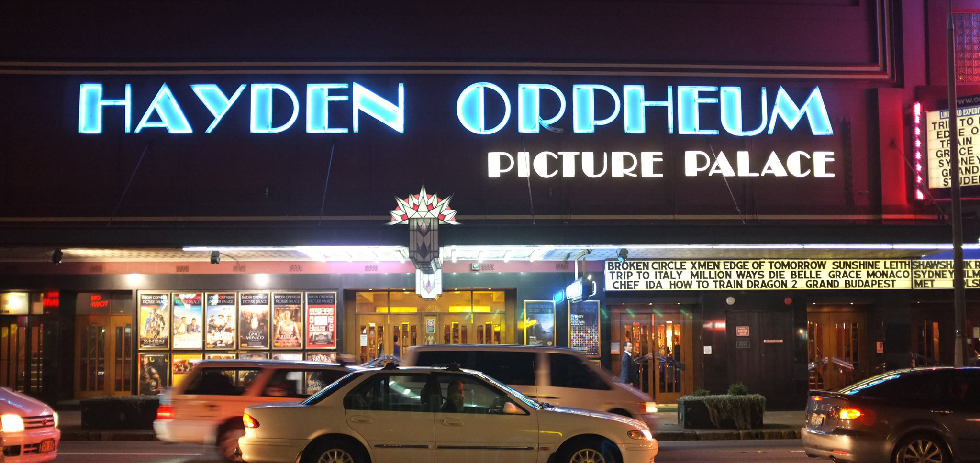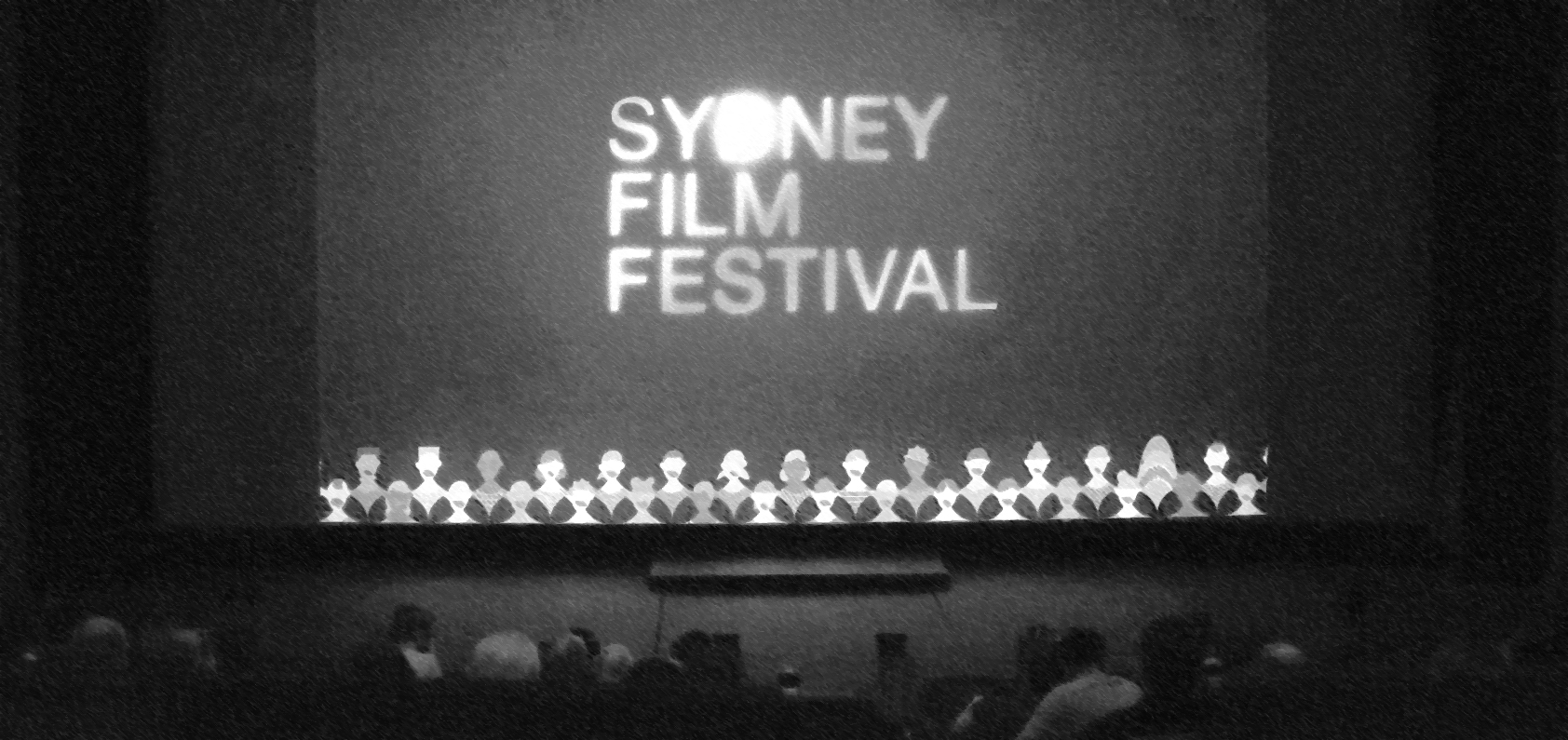If you look closely, there appears to be a subtle contradiction in this years Sydney Film Festival programming. For the first time, there will be no films screened on actual film this year – except, that is, for the retrospective programming, which has notably increased, with a total of 18 retrospectives screening in the festival. The significance is suggestive, not absolute. It gestures towards questions about the importance of cinematic heritage and the role and responsibility of the festival – such as whether or not film festivals have an obligation to keep celluloid alive. This is a question in two parts, and though both dwarf this piece in their breadth and complexity, they should be explicated: what, exactly, is the position and role of the film festival in the so-called digital age? And, though it feels heretical to ask, how important is maintaining 35mm to contemporary cinema anyway?
Ten years ago, digital transition was still only a seismic rumbling in the cinematic landscape; the potential extinction of 35mm film was fast approaching, but there was little time to pursue speculative anxieties amidst the more urgent pragmatic concerns of an industry facing the inevitable. In 2014, we are now well past the incipiency of the digital age, and although it would be premature to begin a retrospective assessment of what cinema looks like post-transition, as the dust begins to settle the question of celluloid has re-emerged.
Insofar as commercial distribution and exhibition is concerned, full-scale digital conversion is nearly complete. Repeating a global pattern, all of the major circuits in Australia have transitioned completely, and independent cinemas are close behind them. For a converted cinema-operator, screening on 35mm would be a financial lunacy, if it weren’t already a practical impossibility. The rise of digital technology has impacted the film industry in ways that go well beyond format, however. Driven by the rapid advance in the sophistication and availability of various technologies, the home entertainment market has burgeoned, fundamentally changing content distribution. If traditional theatrical distribution has not been dethroned, it has most certainly been diminished.
Film festivals, of course, operate according to a wholly different business model and ethos to regular theatrical distribution and exhibition. Like most, the Sydney Film Festival is largely sustained by corporate sponsorship, private donation, and government funding. As the digital age rearranges the film industry, film festivals are looking increasingly precious and perhaps increasingly anomalous as purveyors of the cinematic experience, embodied and communal. In some respects echoing the ideal of the cinematheque, film festivals are site-specific, curated, and positioned as the culturally-minded alternative to profit-yoked distribution. As the channels of exchange and circulation become increasingly direct, to the point of potentially circumventing cinemas altogether; and as the traditions and institutions of analogue film decline, it is tempting idealise film festivals as anchors or guardians of film culture. In this formulation, preserving cinematic heritage – curating retrospectives, encouraging cinema-going, screening on 35mm – becomes less a programming consideration and more a social obligation.
To think of festivals being uniquely possessed of this obligation buys into a romantic dichotomy of capitalism and culture, which rhetorically extricates film festivals from the film industry. We run the risk of reactively burdening film festivals with the weight of whatever the mainstream film industry has discarded, when it is both more productive and more realistic to conceive of the relationship between film festivals and cinematic heritage as one of opportunity. While the encroachment of obsolescence and the tyranny of bottom-line makes continuing to use 35mm a pipedream for most exhibitors in Australia, the Sydney Film Festival still has access to the equipment, venues, and human expertise required to screen 35mm.
The Sydney Film Festival has no explicit objective or thematic to its programming, but in a recent interview with 4:3, Nashen Moodley, the festival’s director, described the interplay of remembrance and pedagogy as influences, articulating them as dual purpose of retrospectives: “there is going to be a certain element of nostalgia [for those who have already seen a retrospective]… but we also we want, you know, eighteen year-olds who have never seen the film before, or certainly never on the big screen, to see it because it is important.” Moodley’s observation acknowledges the role festival can play in renewing and perpetuating the cultural legacy of cinema, but when pressed on the lack of 35mm, he brought up aesthetics, finances, and production. In doing so, Moodley deftly pointed towards the wider context and location of the festival, before concluding, “I don’t know if it’s a good thing for the festival, it’s certainly not a bad thing for the festival.”
Just as the distancing romanticism of film festivals ignores their position within the industry and community, the way we talk about the future of celluloid and cinema is sometimes overly nostalgic, to the extent that it can dichotomise how we conceive of cinema. The fight to keep film alive is an important one: 35mm possesses qualities, both aesthetic and ontological, that digital cannot reproduce. Throughout the history of cinema, we have imbued the materiality of film with a communicable emotional capacity. In its corporeality, the process of image capture on film seems to tie the image to a transmittable sense of something real. It connects the viewer to what they watch in a comfortingly tangible way, and one to which we can easily attach emotional resonance. Roland Barthes described the photographic image as one that “always carries its referent with itself, both affected by the same amorous or funereal immobility, at the very heart of the moving world.”1 In comparison, the digital image seems to be unanchored by materiality, a representative rather than a referent.

The romantic discourse of 35mm has a tendency, considerably intensified by its decline, to conflate the digital lack of materiality with a reduction in authenticity or emotivity. The emotional magnetism of 35mm film is compounded by its inevitable degradation, which creates a satisfyingly mimetic sense of mortality. Much like the process of neurological memory itself, in which a memory is slightly altered each time we recall it, a 35mm print is slightly damaged each time we run it through a projector. The minute, incremental degradation of analogue film has no equivalency in a DCP file. If maintained and upgraded, it will remain the same indefinitely, unchanged from viewing to viewing. Add to this that digital cinema threatens to make projection a lost art, thieving the livelihood from projectionists, and much of the human touch from regular cinema, and it’s easy enough to view digital film as a cold medium. A medium that is lacking in, or even antithetical to, the appealing humanity of 35mm. We’ve lost much that was both distinctive and inimitable about cinema in the digital upheaval: there is little joy in that.
However, the idea that keeping celluloid alive in contemporary exhibition is an imperative, for a film festival or any other exhibitor, veers too close to fetishising the past and essentialising film. Continuing to screen 35mm outside of galleries and museums is a valuable objective but in contemporary cinema it is not an obligation. Though we may ascribe a greater artistic and emotional potential to analogue film than to digital, the reality is that both are mediums and tools: digital cinema is not an oxymoron.
Contemporary screenings on 35mm film will surely be missed over the next few weeks, and the medium will remain an immense and constitutive part of our cinematic heritage. However, expecting film festivals to resist the transformation of their industry, and function with the ethos and idealism of a cinematheque, erases their context. Festivals do not float above or stand without the contemporary cinematic landscape: they sit within it. In lieu of being able to argue that they have an obligation to screen 35mm, I would hope that the cultural, historical and aesthetic value of doing so – which will only grow with the rarefication of the format – will be appealing enough to warrant doing so.
Photos by Jess Alcamo.
